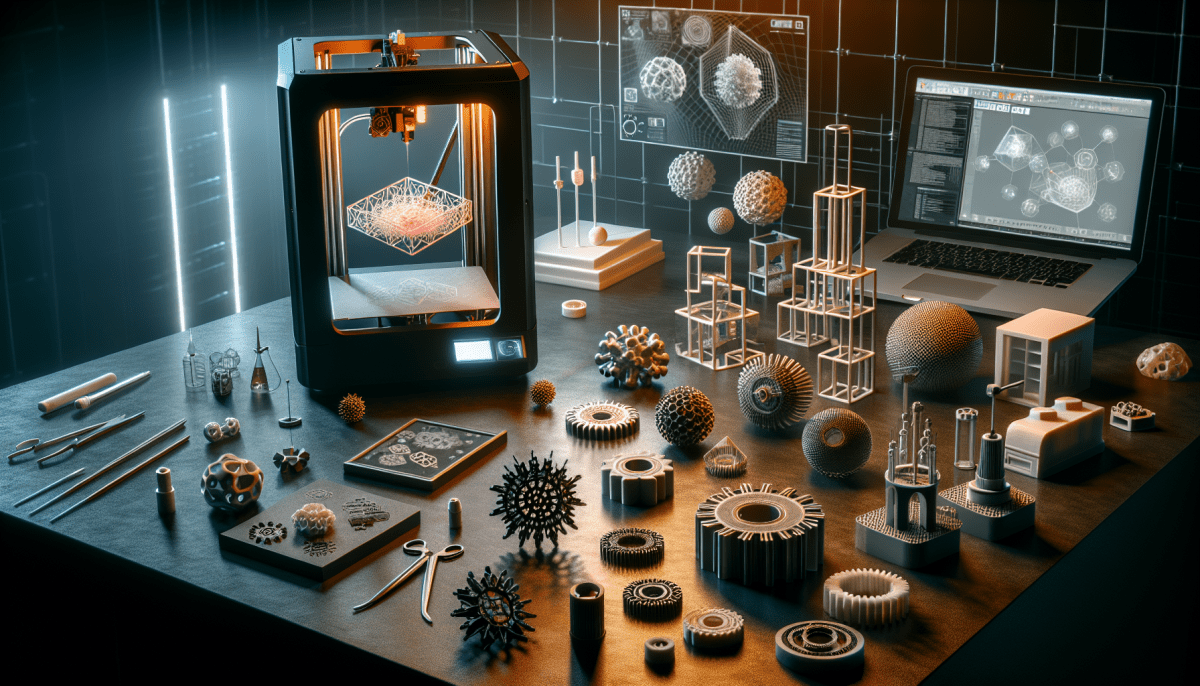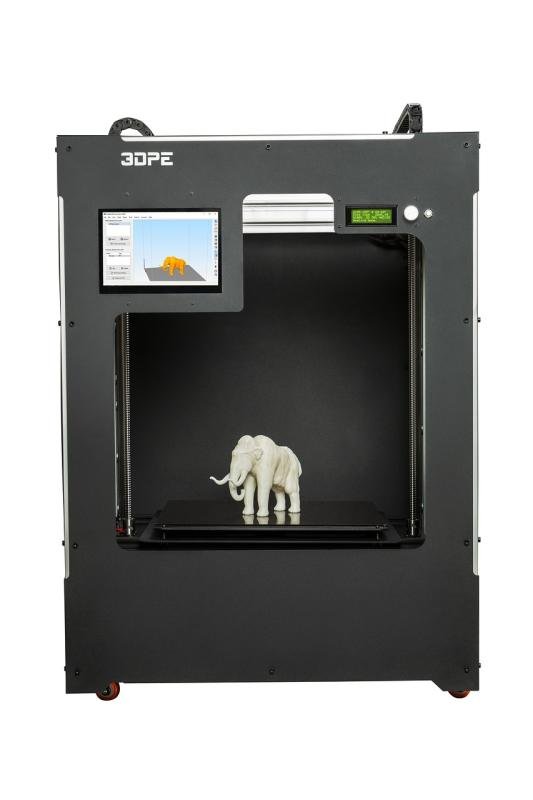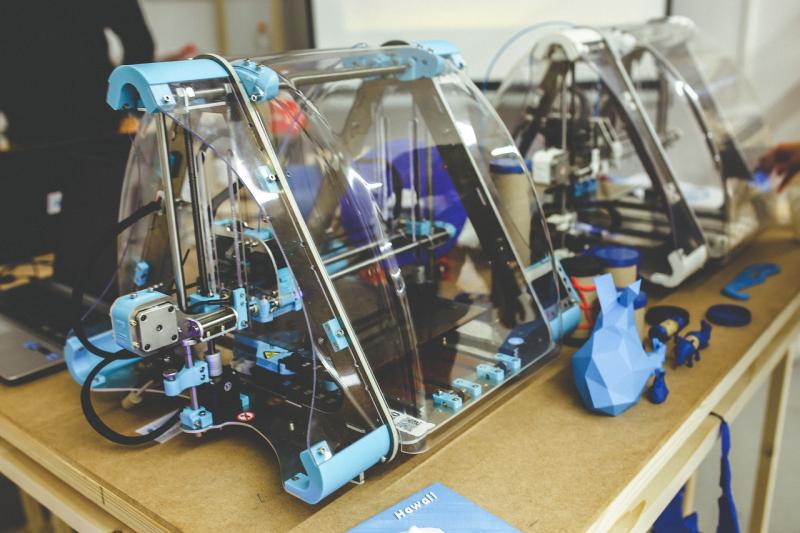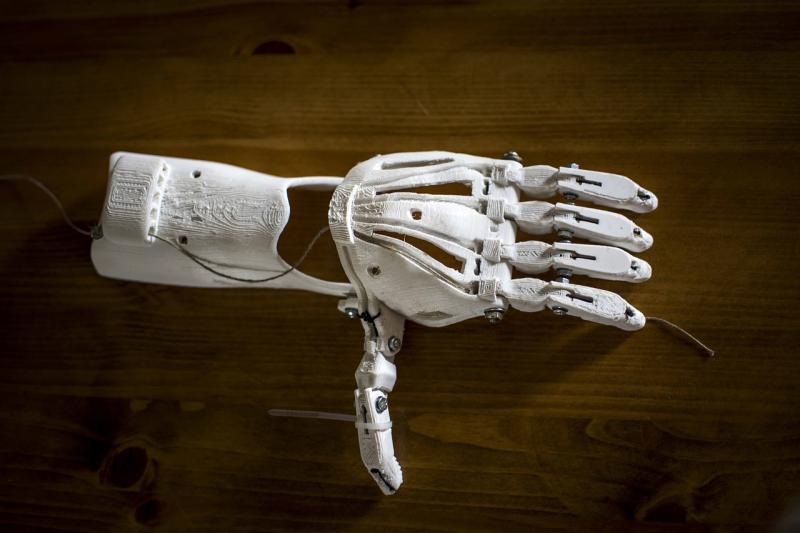Getting into 3D printing can feel a bit overwhelming at first, but don’t worry! It’s actually pretty easy once you get the hang of it. First things first, pick a 3D printer that matches your needs. Are you planning on doing some serious projects or just printing fun stuff? Entry-level printers are great for beginners and usually come at a friendly price.
Next up, you’ll need some filament. This is the stuff that your printer uses to create objects. PLA is a popular choice for newbies because it’s user-friendly and biodegradable. You can find a ton of colors and styles, so you can get as creative as you want!
Now that you’ve got your printer and filament, it’s time to find some designs to print. Websites like Thingiverse and MyMiniFactory are treasure troves of free models. Just download one you like and prepare it for printing using slicing software. This software converts your design into a language your printer can understand. It sounds complicated, but it’s pretty straightforward once you dive in.
Finally, set up your printer and hit that print button! Keep an eye on your first few prints to make sure everything’s working smoothly. Don’t be afraid to troubleshoot if something goes wrong. With a bit of patience and practice, you'll be churning out awesome 3D prints in no time!
Choosing Your First 3D Printer
Ready to dive into the world of 3D printing? Choosing your first printer can feel a bit overwhelming, but don’t worry! You can easily find the perfect match for your needs. Let’s break it down.
First things first, think about what you want to create. Are you into making fun toys, useful household items, or maybe something for your hobbies? Different printers handle different materials and sizes. If you’re just starting out, consider a printer that can handle PLA filament. It’s user-friendly, eco-friendly, and a breeze to work with.
Next up, your budget matters. You don’t need to spend a fortune to get a solid 3D printer. You can find decent options starting around $200. Look for printers that come with good reviews and support. Being part of a community can really help as you learn the ropes.
Finally, think about ease of use. Some printers come fully assembled, while others require a bit of setup. If you want to jump right in, look for one that’s easy to set up and has a simple interface. A touch screen can be a game changer too! You’ll want to focus on something that gets you printing quickly, so you can start enjoying your new hobby.
Essential Tools for 3D Printing
Getting started with 3D printing is exciting, but it also means you need the right tools to make your journey smoother. Here’s a list of essential tools that every beginner should consider. Having these in your toolkit can save you time and a ton of frustration.
1. 3D Modeling Software: Before you print anything, you need a design. Free programs like Tinkercad or Blender are great for beginners. They let you create your own designs or modify existing ones. Tinkercad, in particular, is super user-friendly!
2. Filament: This is the material you'll use to create your prints. PLA is the go-to option for beginners. It’s easy to work with, has minimal odor, and prints beautifully. Stock up on a few colors to keep your projects fresh and fun!
3. Tool Kit: A basic tool kit can make a huge difference. Look for a set that includes tweezers, a spatula for removing prints, and some Allen wrenches. These tools help you handle prints safely and keep your printer in top shape.
4. Safety Gear: Printing can produce some fumes, especially with certain materials. A simple pair of gloves and a mask can protect you from any potential hazards while you work. Safety first, right?
5. Cleaning Supplies: Dust and residue can mess with your prints. Having a brush and some isopropyl alcohol on hand can help you keep the printer clean and running smoothly. Regular maintenance extends your printer's life and keeps your prints looking great.
Tips for Successful 3D Prints
Getting started with 3D printing can feel a bit overwhelming, but with a few handy tips, you’ll be printing like a pro in no time. First off, make sure your printer is calibrated properly. A well-calibrated printer helps ensure that your prints stick to the bed and come out the right shape. You can find plenty of guides online specific to your printer model.
Next, pay attention to the type of filament you’re using. Different materials have different properties, and some are easier to work with than others. PLA is usually a great starting point. It sticks well and prints easily, giving you solid results without much hassle.
Layer height matters too. If you set a too high layer height, your print might not look great. A lower layer height can give you finer detail, so for intricate designs, take that route. But remember, lower settings can also mean longer print times, so find a balance that works for you.
Don’t forget about your print environment. Make sure the area is clean and free of drafts. Changes in temperature can make your filament act differently, which could mess up your print. A stable environment is key to sustaining good print quality.
Lastly, take the time to learn about supports and rafts. Some prints will need extra help to stay stable, especially if they have overhangs. Using supports can save your print from failing, so don’t skip that step. With these tips in mind, you’ll be well on your way to successful 3D printing!



